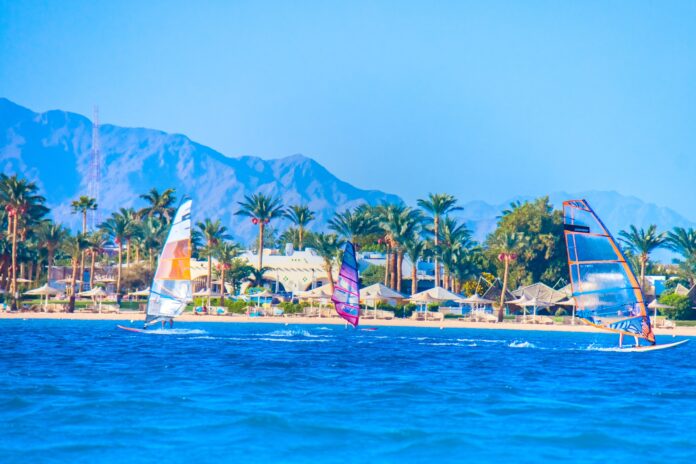
If you prefer exciting activities when you are on vacation, windsurfing is one of the sports that you should try. While there are some similarities with classic surfing, the main difference is that you will rely on the wind instead of waves. The main component of the windsurfing board is the sail. Also, the size of the sale can affect the performance.
As a beginner, it is natural to find it challenging to maintain balance. However, after getting some experience, it won’t be a problem to control the board. The best way to improve your skills is to take some lessons from professionals. Besides that, the quality of equipment can make a difference. If you are on your vacation in Hawaii, visit kanahakai.com if you want to take the course in windsurfing and rent high-quality equipment. Here are some tips that will help you improve your skills faster.
1. Learn The Basics
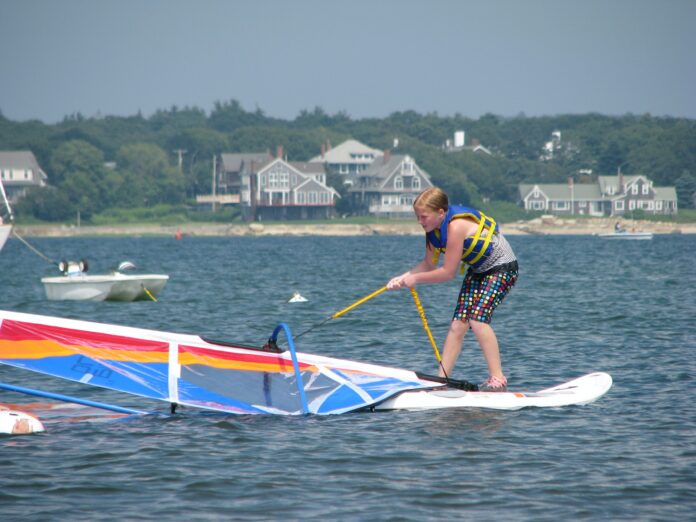
You should never rush and try to start windsurfing before you learn more about the essentials. There are some terms unique to this sport, and you will have to be familiar with them before even starting the first course. The most important terms are:
- Daggerboard; A bigger board that helps you maintain balance.
- Fin; Special foil applied on the tail and the underside to provide higher stability.
- Beach Start; Method used when you need to start sailing in shallow water.
- Eye of the Wind; The direction, which is important to determine since it will affect the control of the board.
- Gust; Strong wind, not recommended for beginners to sail.
- Lift; When you are going forward.
- Harness; Tools that are used to connect the rig and the body.
- Universal Joint and Mast; Standard Mast will keep the straight position, while the Universal Joint provides flexibility.
These are some of the terms that will help you to get through the course and learn much faster.
2. Balance is Essential

Controlling the board is affected by the water and wind. Also, you will have to learn how to keep the right posture and balance. You can try it on land first by standing on the board and trying not to fall over. After that, you can start by practicing in shallow water.
Learning to control the board is the first step, while the next step is related to the wind. You must focus on the strength and direction to determine the right position and some other moves like the mast. The key is to follow the wind and let it guide you through the water.
3. Get the Equipment
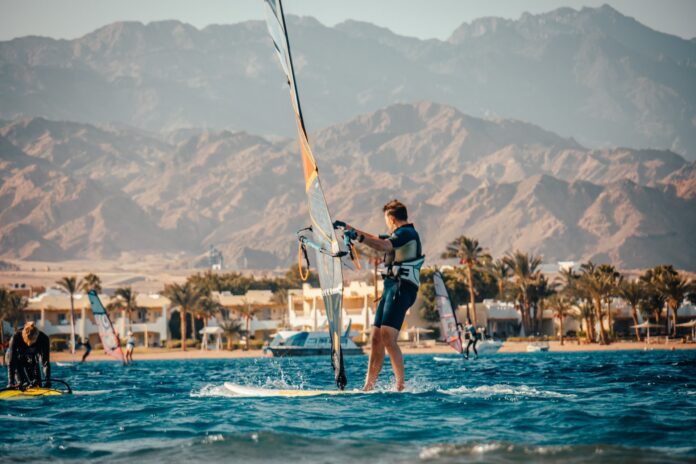
The great thing about tourists places popular for windsurfing is that there are many shops where you can rent the equipment. As we already mentioned, the essential parts are the board and the rig. The best size of the board for beginners is at least 2 meters. Bigger sizes will provide easier control.
When it comes to the rig, you will need to hold the boom, which is the part that allows you to change directions. Moreover, we suggest you get the right clothes as well since it will help you to feel more comfortable while sailing.
4. Control With Your Body
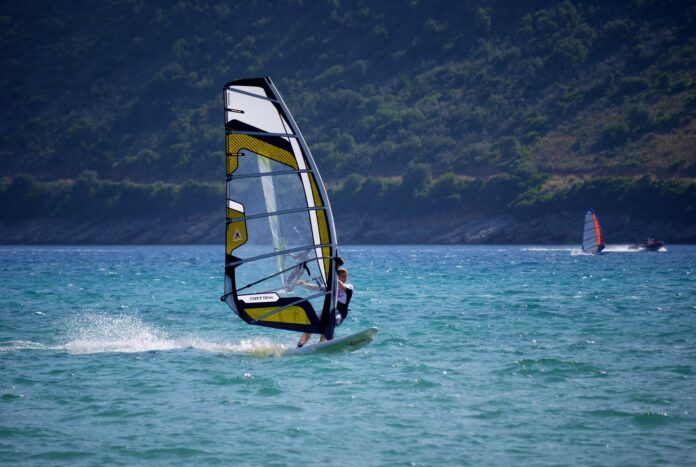
After you learn how to maintain balance, you can start working on skills that will help you to change directions, follow the wind, and get over the waves. We suggest you hold the boom closer to your chests because it will be easier to control. Also, you should find the right posture where it will be comfortable to sail. Watching other people is another great way to improve your skills.
You will notice that most of them are leaning back with extended arms while holding the boom. That is the best position for easier control. Besides that, you should slightly bend the knees and follow the water, which means that you should lift or bend down when you are getting over the waves.
It will require some time, but you will also notice that it is much easier to control when you are relaxed. That will come after some time. It is normal for beginners to fall into the water. There is no need for frustration. You can learn a lot from falling since it will help you to determine what to improve.
5. Best Weather Conditions
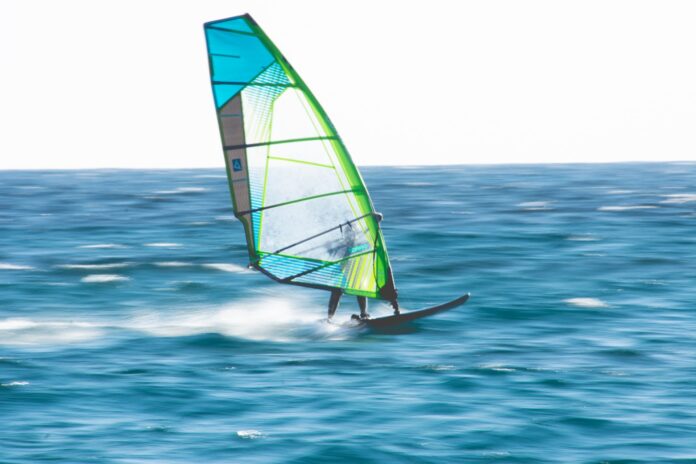
You have to know that even skilled professionals could find it challenging to windsurf when the wind is too strong. The best conditions for beginners are when there is a light wind and lower waves. We suggest you never go far away from the group or the person who is teaching you when you are on a course.
Even if you already have some skills, there is no reason to risk an injury. It is not challenging as it might seem before you try it for the first time, but a strong wind can make it much more difficult, which is why you should always be near the shore, your coach, or in the sight of lifeguards.
The Bottom Line
Learning to windsurf can be an amazing way to spend your vacation. When the weather is suitable, you can have a lot of fun by following the wind and sailing over the waves. The board is designed in a way where it is easy to keep control when the wind is too light as well. On the other side, when the wind is stronger, you should never try making some aggressive moves if you don’t have enough experience.
The experience will come over time, and the crucial part is to learn how to control your body and reach flexibility and balance with the board, water, and the wind. Therefore, you should look for experienced trainers who will help you to learn more about windsurfing much faster. Depending on your performance and determination, you might manage to learn all the basics only in one day. The average time of the full beginner’s course lasts around 12 hours.











